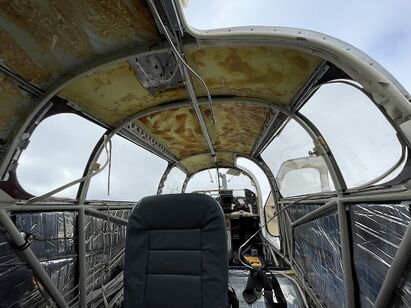Mylar Insulation
Jump to navigation
Jump to search

Introduction[edit | edit source]
Mylar insulation refers to the use of Mylar, a heat-resistant, flexible, and moisture-resistant polyester film, as an electrical insulator in various applications, including bus bars, battery and motor insulation, and cable and wire insulation.
What is Mylar?[edit | edit source]
Mylar is a trademarked polyester film (also known as BoPET or Biaxially-oriented polyethylene terephthalate) developed by DuPont.
Properties of Mylar[edit | edit source]
- Heat Resistance: Mylar can withstand a wide range of temperatures, making it suitable for various applications.
- Flexibility: Its flexibility allows it to be used in applications where bending or shaping is required.
- Moisture Resistance: Mylar is resistant to moisture, which is crucial for protecting electrical components from damage.
- Chemical Resistance: Mylar resists many chemicals, except alcohol.
- Electrical Insulation: Mylar has excellent insulating properties, preventing electrical current from flowing through it.
Applications of Mylar Insulation[edit | edit source]
- Electrical and Electronic Components: Mylar is used to insulate wires, cables, and electronic components, preventing short circuits and protecting them from environmental factors.
- Motors and Generators: Mylar can be used to insulate the windings in motors and generators, preventing electrical arcing and ensuring reliability.
- Transformers and Capacitors: Mylar is used as a dielectric material in capacitors and to insulate windings in transformers.
- Flexible Circuits: Mylar can be used as an insulating layer in flexible circuits, allowing for movement and bending.
- Other Applications: Mylar is also used in packaging, printing, imaging, and other industrial applications.